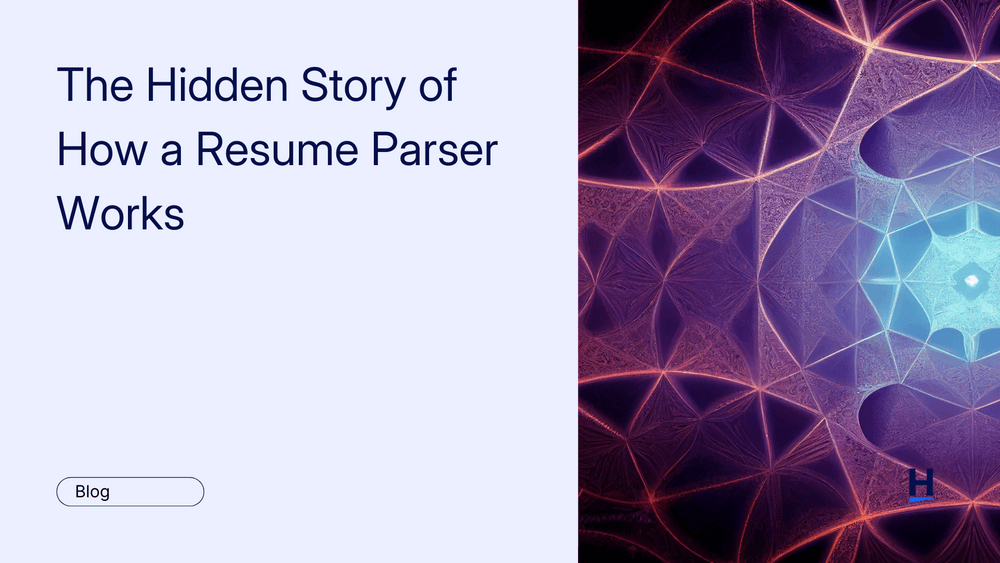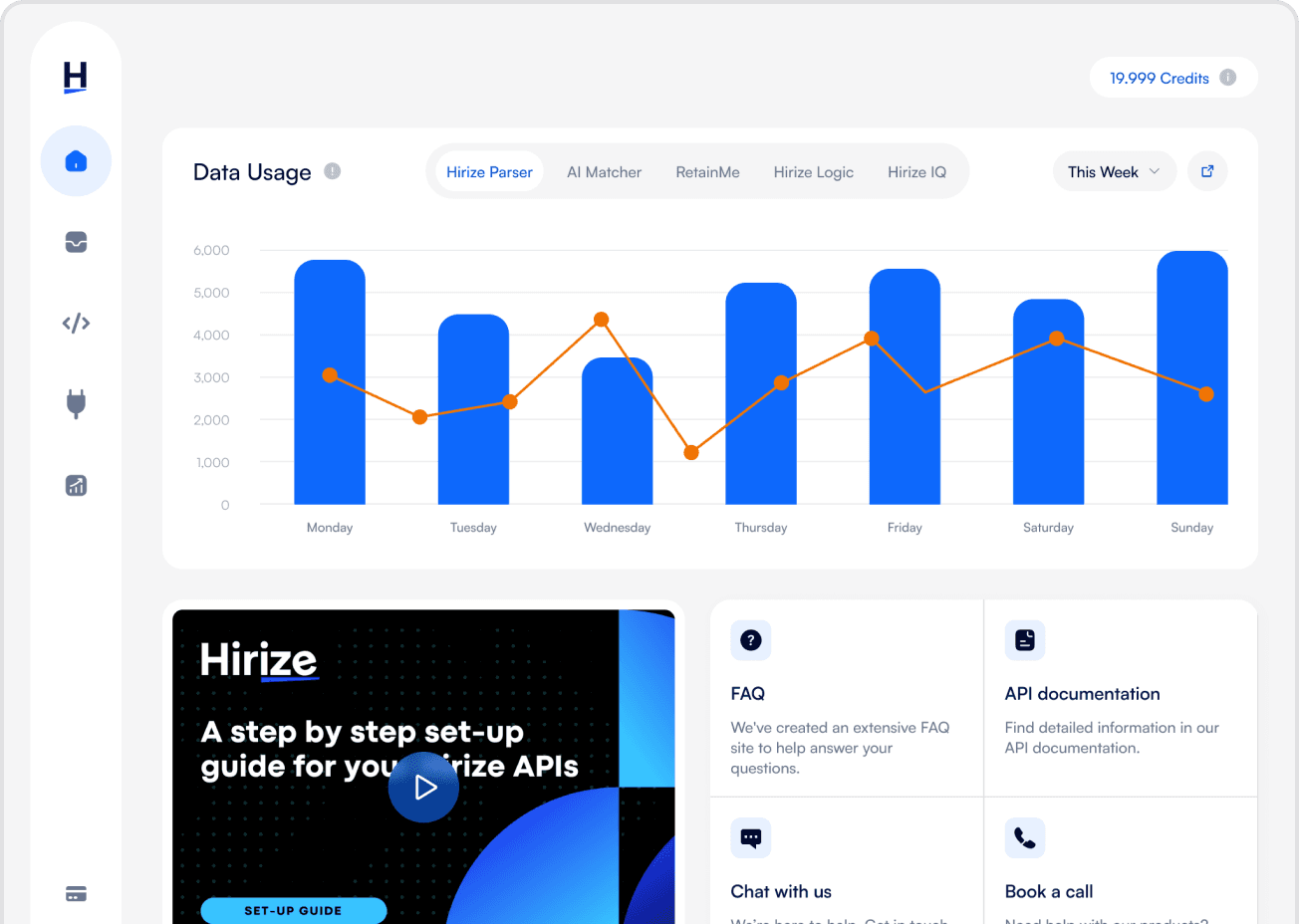superpowers?
The Hidden Story of How a Resume Parser Works
Ever wondered how your resume makes it into the hands of a recruiter? It's all thanks to resume parsing technology.

Have you ever wondered how a recruiter ends up with your resume? Everything is due to resume parsing technology. Resumes are scanned and read by machines, after which the information is retrieved and stored in a database. This procedure has transformed the way recruiters screen candidates. It enables them to swiftly sift through hundreds of resumes and identify the most qualified individuals for the job. This blog post will explore more closely how to resume parser work.
Resume parsing is a technique that uses machine learning and natural language processing. It scans many resumes for keywords such as job titles, skills, experience levels, and education. The resume parser then pulls this information into a standardized format that recruiters may use to examine hundreds of resumes quickly. This saves time while ensuring that each resume is evaluated equally and consistently.
Resume parsers can also assist firms in finding appropriate candidates by comparing applicants' abilities and experience to job descriptions. This helps them identify possible applicants who are more likely to succeed in the position they seek.

What is Resume Parsing?
Resume parsing is scanning resumes for specified information such as job titles, abilities, experience levels, and education. The resume parser then converts this data into a uniform format that recruiters may use to assess hundreds of resumes in seconds. This saves them time while ensuring that each résumé is verified or screened more accurately.
The Benefits of Resume Parsing Technology
Recruiters can save time and effort using resume parsers, giving them more time to discover the best applicants. They also help businesses identify competent individuals by comparing applicants' skills and experience to job descriptions. This assists them in identifying potential applicants who are the best fit for the job.
Furthermore, resume parsers can aid in the reduction of bias in the recruitment process. This is because it establishes an objective method of evaluating resumes without considering unconscious prejudices.
Overall, resume processing technology has made it easier and more efficient for recruiters to discover qualified individuals. It enables them to concentrate on vital things.
Why is Resume Parsing Difficult?
Resume parsing is challenging because resumes come in various forms and frequently contain unstructured data. As a result, the resume parser struggles to extract information reliably and consistently.
Furthermore, some resumes may have typos or spelling mistakes, which might confound the resume parser and make it challenging to analyze the material correctly. This is accomplished using NLP, GTP-3, and machine learning algorithms.
To summarize, resume parsing is a powerful tool that transforms how recruiters screen prospects. It saves time and resources while decreasing bias in the hiring process. Despite its challenges, it is a necessary tool for firms to remain competitive in today's employment market.
Hirize's solution: deep learning
Hirize is a resume-parsing application that uses deep learning and natural language processing. It was designed to assist recruiters in swiftly scanning resumes for information such as job titles, abilities, experience levels, and education. The model employs a combination of neural networks and support vector machines to extract data from resumes reliably and consistently.

What is deep learning?
Deep learning is a subset of artificial intelligence that learns from data using a combination of neural networks and algorithms. It aids machines in understanding data structure by allowing them to spot patterns and make judgments based on what they have learned.
Benefits of AI-based Resume Parsing
AI-based resume parsers can process all popular file types, including PDF, DOC, DOCX, and ZIP, allowing candidates to submit their resumes in whatever format.
Furthermore, AI-based resume parsers can recognize numerous abilities and experiences from a single CV, making categorizing and prioritizing prospects simple. This technology is transforming how we look at resumes in the hiring process, making it easier than ever to locate competent individuals.
Parsers driven by artificial intelligence can read and understand resumes in various forms. Table layouts, picture scanning, and other applications are examples.
They use machine learning to extract content from resumes: optical character recognition (OCR) and deep natural language processing (NLP) methods. Ranks resume based on their pedigree using an AI-backed score, regardless of the position sought.
Reduce bias in the recruitment process by giving an objective method of evaluating resumes that does not consider any unconscious biases.
Finally, resume parsing software driven by machine learning and artificial intelligence (AI) can streamline the recruiting process, save significant time and money, and assist organizations in finding the best candidates for their job opportunities.
About Hirize's resume parser:
Hirize is the leading resume parsing solution driven by AI and NLP. It enables recruiters to process resumes in multiple forms swiftly, precisely, and consistently. Our algorithm has been taught to recognize and extract data from resumes, such as job titles, skills, experience levels, and education. Furthermore, it may index each resume individually.
We created our resume parser with attention and precision. Our team has combined years of expertise with deep knowledge in machine learning, natural language processing, and artificial intelligence to produce a powerful tool for recruiters.
Try Hirize today to see the difference!
superpowers?



